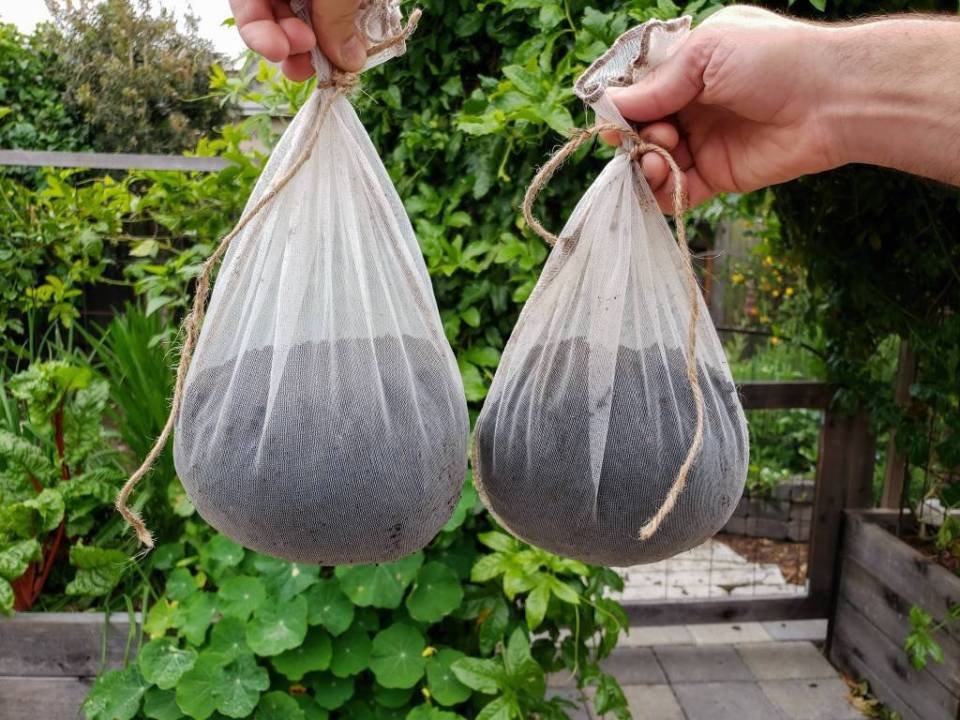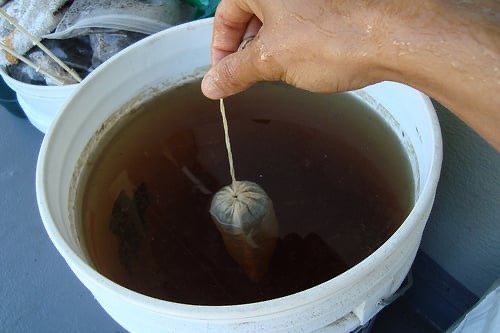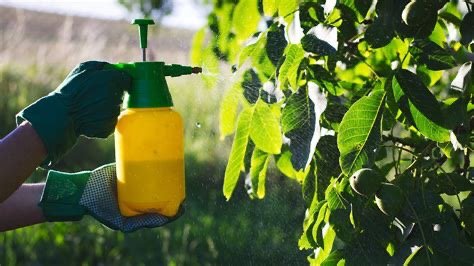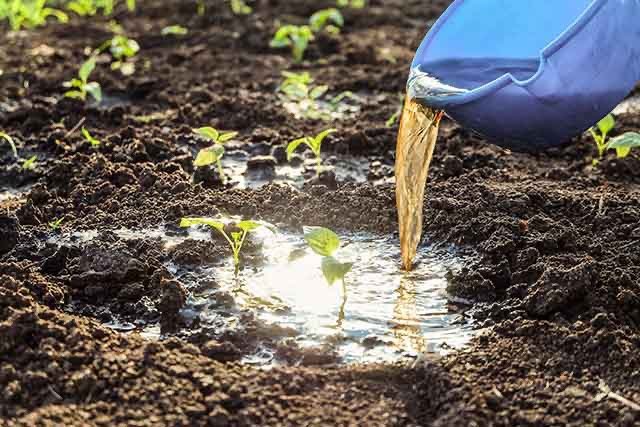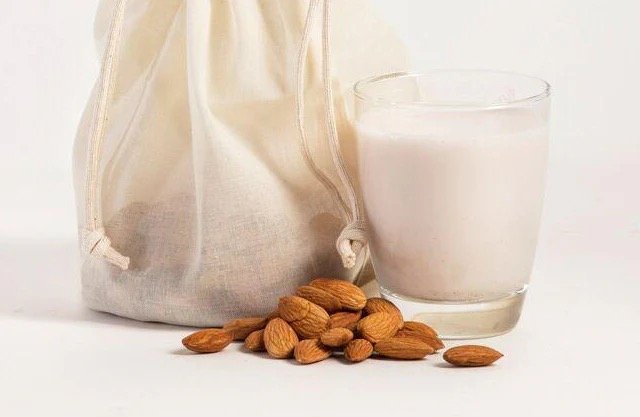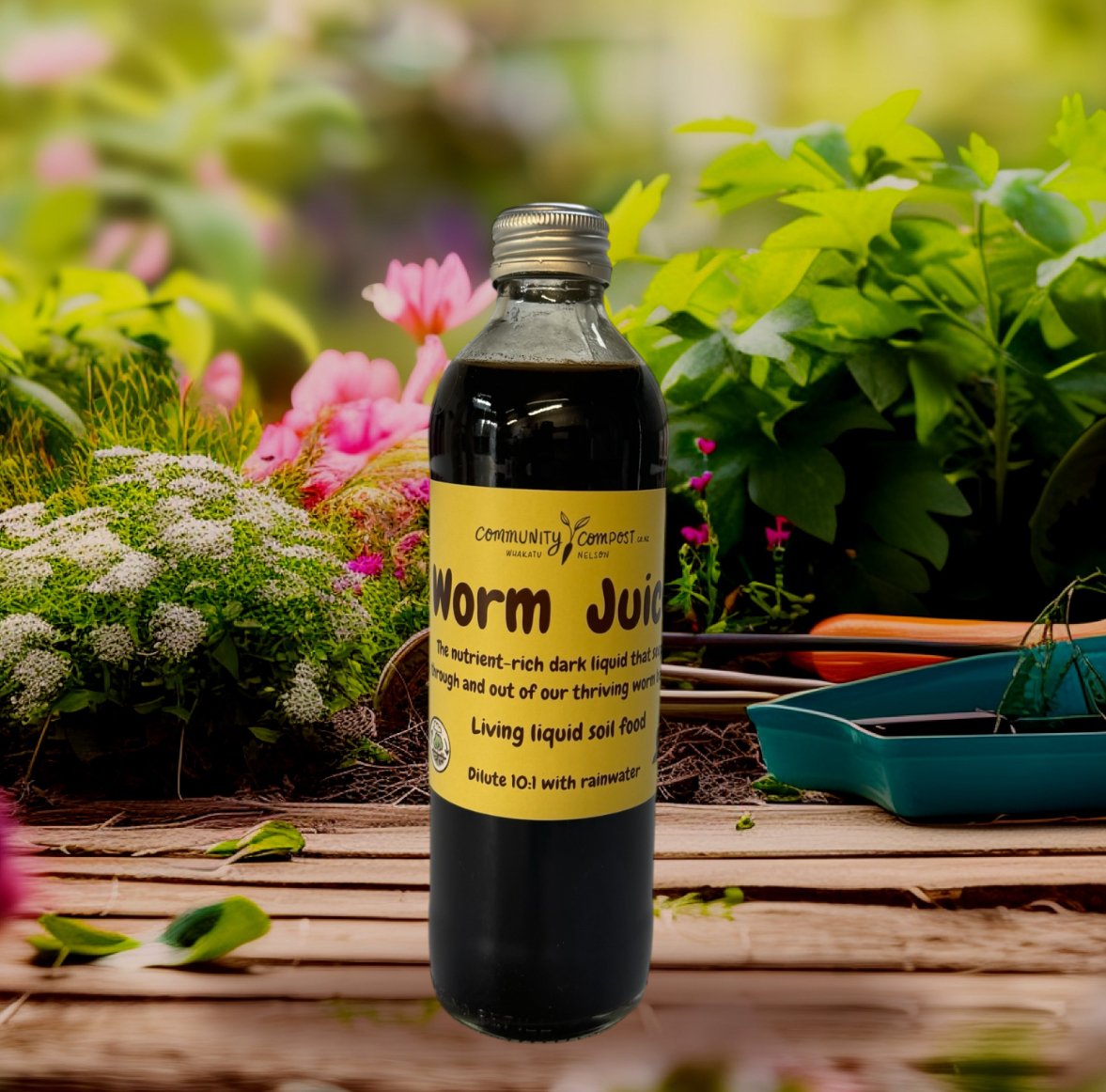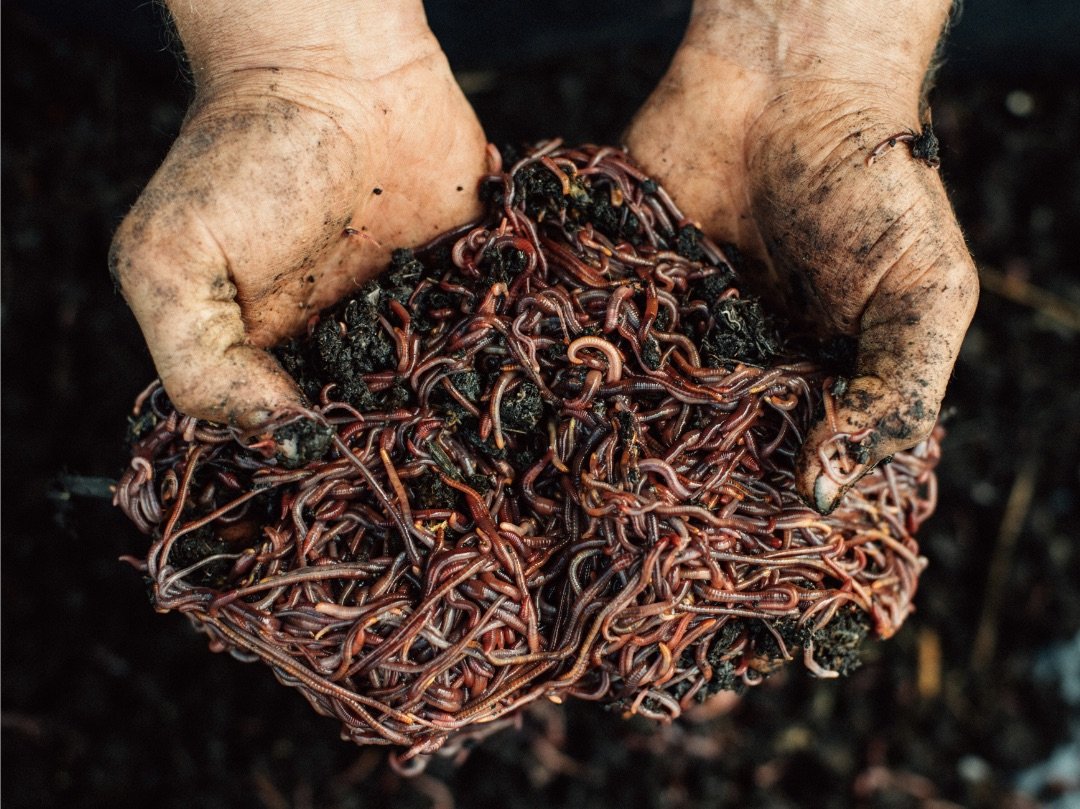Healthy soil ecology has the capability of protecting plants against soil associated diseases caused by pathogenic microorganisms and parasites. The soil system offers this protection through a balanced relationship between pathogenic and billions of beneficial microorganisms working together in synergy. The presence of these beneficial microorganisms in any soil system is what precisely distinguishes a “living soil” from a “dead soil”. They decompose and ferment organic fraction of the soil system converting it into humus containing nutrients while releasing hormones that facilitate plant growth. They are responsible for providing hormones, nutrients and minerals in a useable form to the plants through the root system. In addition, they bring together soil particles in the soil structure enabling it to retain nutrients and moisture (Kengo and Hui-lian, 2000).
Soil ecosystem can therefore be regarded as a “living system” costing of diverse groups of microorganisms. For this reason, farmers had long before been using animal manures, composts and “compost tea” which is a liquid extract of compost that also contains plant growth compounds and beneficial microorganisms. These mixtures could then be applied to soil and crops to improve the soil quality and help protect crop plants against microbiological infections (Ghosh et al., 2004).
Over the past decades, scientific awareness and appreciation of soil microbiology in agricultural systems has dramatically expanded. Flourishing microbial communities interacting with plant root networks play a direct role in plant growth, crop nutrition, disease and pest resistance, and soil aggregate structure, leading to increased soil oxygen flow and water holding capacity. Unfortunately, many agricultural soils have depleted functioning microbial ecosystems through decades of physical and chemical disturbance. Regenerating these microbial ecosystems is crucial to refocusing agricultural production on soil, human, and environmental health.
One extremely promising method of regenerating soil biology is through the production and application of liquid compost extract. Microbially-rich compost can be produced on-farm from locally-sourced and inexpensive organic materials, through systems such as the Johnson-Su bioreactor process and / or vermicomposting. Vermicompost also includes many naturally-produced bio-stimulants, such as humic and fulvic acids. These compost products, while valuable in solid form, can be extracted into a powerful liquid biological amendment to increase their efficiency and soil infiltration, inoculating beneficial microbes directly into root zones or onto the surfaces of leaves.

